This post may contain affiliate links. Please read my disclosure and privacy policy.
Did you know that digesting food requires more energy than any other function in the human body? It’s no wonder we’re exhausted after a big lunch! It stands to reason, then, that the best way to free up some extra energy is to make our digestion as quick and efficient as possible.
Food combining is one of my favorite tricks to streamline the digestive process. Though food combining principles can get very complicated, depending on which expert you ask, I prefer to keep them simple. Simply pick just one dense food at each meal, whatever you’re craving most at that moment, and then fill the rest of your plate with raw and cooked non-starchy vegetables. Easy! By simplifying your meals, the digestive system doesn’t have to tackle too much in one sitting, helping you to avoid that bloated, sluggish feeling that can put a damper on the rest of your day.
Studies have shown that humans have a tendency to overeat when we are offered a wide variety of foods during a meal. (source) So, by simplifying our meals, we will naturally eat less, without counting calories or worrying about portion sizes.
Best of all, you don’t have to give up any food groups that you love– you just may not want to eat them all at the same time. The following guide should help!
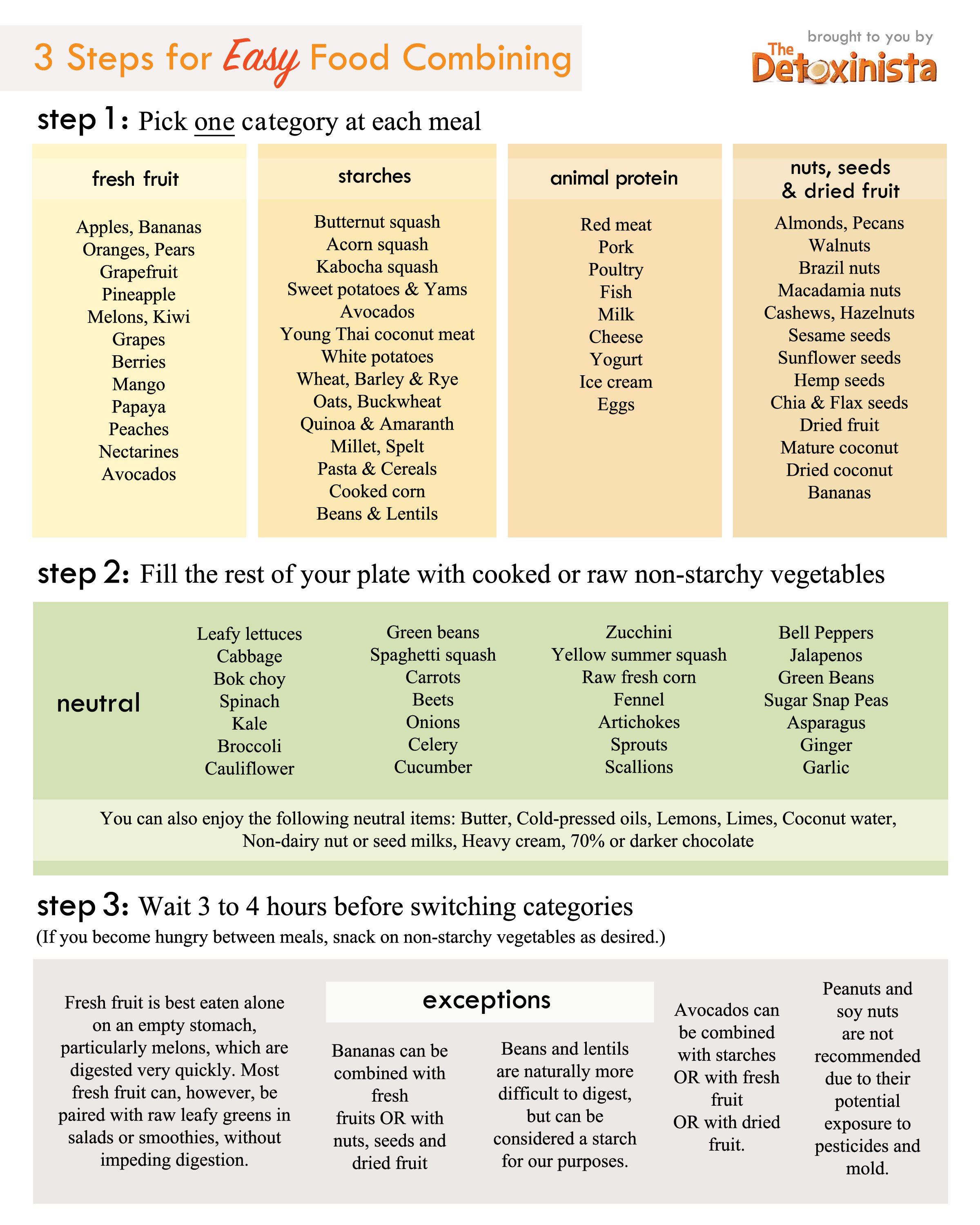
As you can see in the chart above, the foods have been divided into four general categories:
- FRESH FRUIT
- STARCH
- ANIMAL PROTEIN
- NUTS/SEEDS/DRIED FRUIT
Note: Look for these food combining labels clearly marked in my cookbooks, and here on the blog. All of the recipes in my cookbooks are properly combined, and both cookbooks include properly combined meal plans to help you easily get started.
For a properly combined meal, simply choose ONE category and only eat foods out of that category for that particular meal. The foods listed within the same category combine well with each other, and you may also include anything from the “Neutral” column to fill out your plate.
Wait 3-4 hours between each meal, before switching categories.
—
Properly Combined Sample Meal Ideas
A properly-combined STARCH meal might look something like this:
A sandwich on whole-grain bread, filled with avocado, mustard, lettuce, tomato and sprouts. Served with a leafy side salad and a baked sweet potato topped with butter. You could follow this meal with some dark chocolate for dessert!
A properly-combined ANIMAL PROTEIN meal might look something like this:
A leafy green salad topped with cherry tomatoes and goat cheese, followed by a piece of baked fish served with a side of roasted broccoli and cauliflower. You could follow this meal with some dark chocolate or goat’s milk ice cream for dessert!
A properly-combined NUT/SEED/DRIED FRUIT meal might look something like this:
A leafy green salad topped with dried cranberries and raw walnuts, followed by a platter of raw hummus served with raw crudités. Dessert could be a slice of raw cheesecake, a few raw macaroons, or a couple raw almond butter cups!
FRESH FRUIT is best eaten in the mornings, on an empty stomach.
This is because fruit digests so quickly, typically within 30 minutes of eating. (However, fruit can be combined with leafy green vegetables in a green smoothie, if you like!) Fruit is not recommended as a dessert after a meal, as it could potentially cause fermentation, gas and bloating, and promote bacterial overgrowth in the body. You can eat fruit as an afternoon snack or post-workout, as long as it’s been 3-4 hours since your last properly-combined meal.
—
Note: There is a lot of debate over the science behind food combining, without much evidence to back it up. (There is little money to be made in this field, which probably accounts for the lack of funded studies.) Personally, I think why food combining works for me, and for many others, is that it encourages you to make better choices, without feeling restricted. When you’re choosing just ONE food category at a time, then filling the rest of your plate with raw and cooked vegetables, you’re bound to be making healthier choices! So, food combining may just work because it encourages the consumption of more whole foods and simpler meals.
I think it’s also important to note that there’s no need to be “perfect” with food combining rules all the time. I like to follow the 80/20 rule, because life’s too short to stress about what you’re eating.
For properly combined meal plans and entertaining menus, be sure to pick up a copy of my first cookbook, Everyday Detox.
My second cookbook, No Excuses Detox, has 3 more meal plans, including a Budget-Friendly properly combined meal plan that feeds you for less than $6 each day, and a Speedy Meal plan that has everything ready in 30 minutes or less. Both of my cookbooks are loaded with properly combined recipes to help make things easier for you.

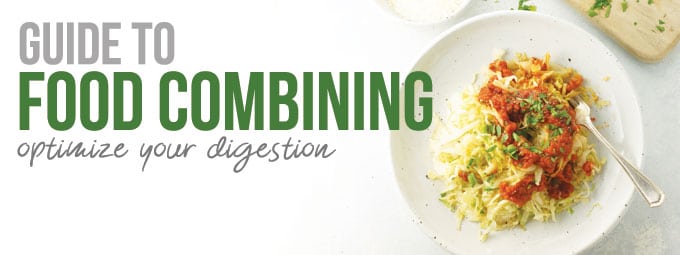

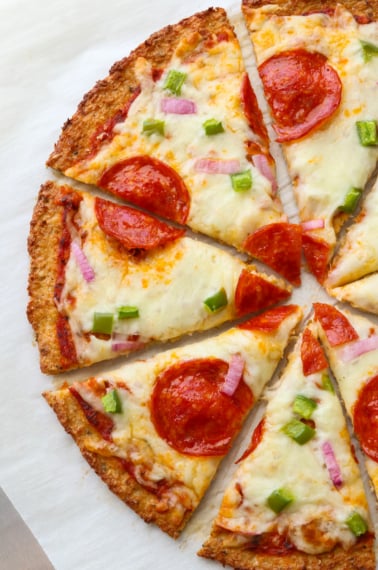
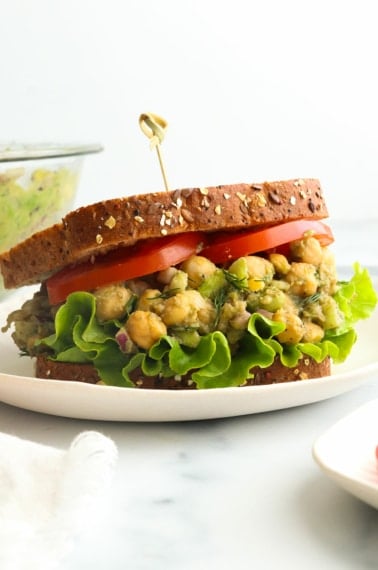

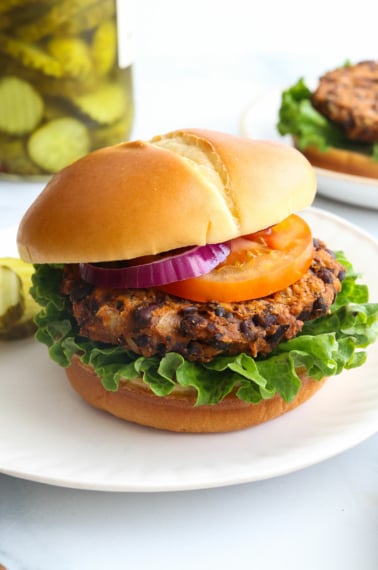






Nice article. Why is butter and cream neutral? I have read other explanations of this diet that group fats with the proteins. A bit confusing for me.
As I understand it, it’s because they are used in such small quantities. (Usually not more than a tablespoon in a meal.) But, I learned a simplified method which made it easier for me to follow; I know there are much more strict guidelines out there!